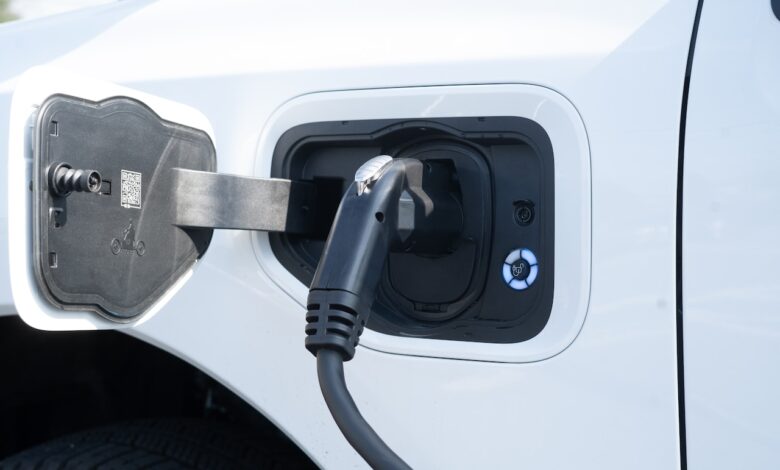How much does it cost to charge an electric vehicle?

CLEVELAND, Ohio – We’re all used to plugging in lamps, phone chargers, TVs and space heaters. But if you opt for an electric vehicle, how much does it cost to charge?
That’s the question from one reader after a prior column about electric devices, and how much power they use.
Can you tell me how much it is costing me to charge my 2023 Jeep Grand Cherokee 4xe from dead to 100%? – Bill
Luckily this is a simple question to answer if you’re charging at home. It gets a tad more complicated when you start driving the vehicle, but let’s tackle the easy part first.
Vehicle batteries are measured in kilowatt hours, which is the same way our meters measure electricity at our homes, explained David Cooke, senior associate director at Ohio State University’s Center for Automotive Research.
Your cost may vary. But on average Ohioans pay 16 cents per kilowatt hour.
The 2023 Jeep Grand Cherokee is a plug-in hybrid, so it runs on electricity for only a short time before turning to gasoline. It has a 17.3-kilowatt-hour battery.
Charging from 0% to 100% costs $2.77 when charging from empty to full at home. This is a small battery only rated for 26 miles.
The Tesla Model 3 has a 60-kilowatt-hour battery and 272-mile range. It costs $9.60 to charge.
So, how does that compare to gasoline? It depends on the make and model of the vehicle, but let’s look at it on a per mile basis.
A traditional 2023 Jeep Grand Cherokee gets 21 miles per gallon, per the EPA.
At $3.50 a gallon that’s 16.5 cents per mile driven. At $2 per gallon it’s just 9.5 cents. Obviously, gas prices vary.
The plug-in hybrid Jeep’s battery is rated for 26 miles. This is a misnomer we’ll get into it later. But for comparison’s sake, electric driving costs 10.7 cents per mile.
The Tesla is much cheaper to drive, coming in at 3.5 cents per mile.
Nothing is ever simple
Easy math, right? Unfortunately, no.
Our first problem is that plug-in hybrids aren’t made to just be an EV or just be a gas-powered vehicle. They often do both at once.
It’s not that the battery will give you 26 miles of electric driving, as much as the battery is helping the Jeep get better gas mileage overall. These vehicles can be used in EV-only mode, Cooke said, but will only do so for exceptionally short trips.
Problem two: With both electric vehicles and gas-powered counterparts, the EPA-rated mpg or range is not what you’re going to get.
The EPA ratings come from perfect driving during standardized tests done on giant treadmills. We, collectively, do not drive that well. And our vehicles are less efficient.
While a Tesla Model 3 is rated for 272 miles, you likely will get less mileage than advertised. The same is true for any gasoline-powered vehicle.
Cooke said drivers will generally get three miles per kilowatt hour in an electric vehicle. So, at 16 cents per kilowatt hour, that’s 5.3 cents per mile.
Our third problem is charging outside the home, because that price varies widely.
Some retail shops or parking garages offer free or inclusive electric-vehicle charging. Other chargers can cost a fortune, as high as $1 per kilowatt hour.
“You’re now kind of at the wild west of business models,” Cooke said.
Problem four, or maybe just a caveat: Batteries almost never get to zero and shouldn’t really be charged to 100% full. This involves battery science that we don’t have to tackle today. But just know, you won’t charge the whole battery every day.
What we do know, and is easy to calculate, is the cost of charging up the battery. How far that will take you is the complicated side of things.
Electric vehicles can be more expensive than gas-powered versions. And whether the added upfront expense is worth the long-term savings is another column.
Saving You Money is cleveland.com and The Plain Dealer’s column about saving money. We want to know how we can help you save money. Send your questions and comments to smcdonnell@cleveland.com.
Read past columns at cleveland.com/topic/saving-you-money/.



